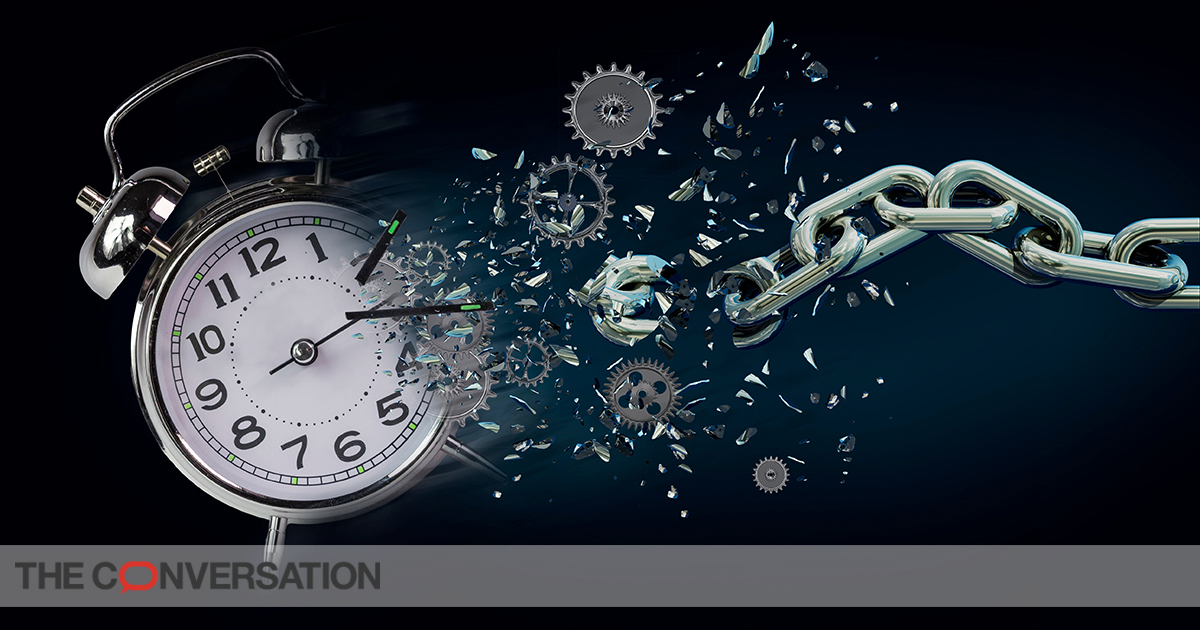How Employees Navigate Mental Illness in the Workplace and What Employers Can Do to Help

If a co-worker admits to having a bad day, what does that mean? Did he oversleep or get caught in traffic? Or, is she hinting at something deeper, something that may require the grace and support of those around him?
Despite changing times and increasing awareness, mental illness still carries with it certain perceptions and assumptions, which can make navigating the workplace a challenging and isolating experience at times.
“A lot of workplaces have come a long way, but there is still a stigma that is unique to mental illness,” says Emily Rosado-Solomon, assistant professor of organizational behavior at Babson College. “Some people incorrectly think it means you can’t do your job well.”

That potential stigma prevents many employees from disclosing they have an illness. Even if they did, workplaces may not understand how best to support them. “Many organizations know what to do when you first have a crisis, but ongoing, they don’t,” Rosado-Solomon says.
This continuing lack of urgency and understanding surrounding mental health can make for a discouraging work environment. It’s also a bad way to run a business, considering that roughly 20% of American adults deal with some sort of chronic mental illness in their lifetime. “If organizations recognize they were potentially at risk of not getting the best out of 20% of their workforce, wouldn’t they want to do better?” Rosado-Solomon says.
With a dad who’s a psychologist and mom who’s trained as a music therapist, Rosado-Solomon has long had an interest in mental health issues. In a recent research paper in the Academy of Management Journal, she and her co-authors sought to better understand how those with chronic mental health conditions handle their symptoms while at work, a topic that is understudied.
What they discovered was a group using eclectic and largely effective strategies to manage their symptoms and do their best at work. “By all objective accounts, most participants did their jobs well,” Rosado-Solomon says. “We didn’t find any systemic evidence that people with mental illness perform worse at their jobs. In many cases, they had really good jobs they were really good at.”
The research also reveals the ways that organizations can better support their employees as they contend with their conditions and grapple with those proverbial “bad days.”
Employee Strategies
For their research, Rosado-Solomon and her co-authors (Sherry Thatcher of the University of Tennessee and Sam Strizver of the University of South Carolina) interviewed 57 people with diagnosed mood and anxiety disorders. The diverse group represented a range of roles and occupations.
The researchers found that, when faced with periods when they experienced symptoms, the study subjects might take one of two strategies, either pulling back from the workplace or more fully engaging with it. “They had such sophisticated coping strategies,” Rosado-Solomon says. “People disengage and engage with their work in really nuanced and sophisticated ways.”
When pulling back from work, some may fully disengage. “Some people did have to call out for periods of severe symptoms,” Rosado-Solomon says. “It wasn’t because they didn’t want to work.” At home, they may enact some sort of self-care routine that they’ve found works for them. One study participant plays his guitar for a couple of hours, and when that doesn’t work, he sits with his dogs and listens to classical music.
For others, pulling back takes other forms. They may come into the office but choose to eat by themselves or take walks around the building. Employees may hunker down in their offices, working but not engaging with their colleagues. “They don’t have the energy to put on a happy face for co-workers,” Rosado-Solomon says. “They may not have the energy to do small talk.”
“A lot of workplaces have come a long way, but there is still a stigma that is unique to mental illness. Some people incorrectly think it means you can’t do your job well.”
Emily Rosado-Solomon, assistant professor of organizational behavior
Instead of pulling back from colleagues, others take an opposite approach by throwing themselves into their work and interacting more with co-workers. “That actually mitigates their symptoms,” Rosado-Solomon says. “Positive relationships at work make such a difference.”
Study participants may not necessarily tell a co-worker about their conditions and how their symptoms are flaring up. Instead, they may choose to be a little less revealing, saying they’re dealing with one of the aforementioned “bad days.” “They would make a partial disclosure,” Rosado-Solomon says. “That was something a lot of people found effective.”
Study participants also tested out their co-workers, telling them of a challenging time in the past, to gauge their response and see if they could be counted on to lend a sympathetic ear in the future. “If someone was validating and had an empathetic response, they knew they could go to them if they needed support,” Rosado-Solomon says.
Whatever path they took to cope with their illness, Rosado-Solomon emphasizes that study participants remained committed to their employers and their work. “We found the employees really had the best interests of the company at heart,” she says.
What Employers Can Do
So, what about the responsibility of employers? What can they do to support their employees, especially given that workers with mental illness may be reticent to reveal what challenges they’re facing?
For starters, if organizations offer any mental health assistance programs, they should make sure that employees are aware of them. “A lot of times, organizations aren’t great at publicizing this,” Rosado-Solomon says. Some employees may seek out that organizational support, especially if their diagnosis is relatively new, and they’re still trying to figure out how best to navigate their symptoms.
Otherwise, companies should focus on policies that give people the space and grace to enact the coping routines they rely on. That means employees should be allowed to work from home without having to explain why. It also means they should have flexible schedules that allow them to leave for therapy appointments or support groups. “It is really that flexibility and trust that organizations can give to people,” Rosado-Solomon says.
Office layouts should allow for privacy. “Open offices preclude a lot of coping strategies,” Rosado-Solomon says. At the same time, offices should have places for people to meet, talk, and form relationships. “Organizations should try to facilitate these interpersonal relationships,” she says. “Look at the office design. Is there a place where employees can gather? A lot of times there isn’t.”
Many of these efforts are straightforward to implement. “They are doable things,” Rosado-Solomon says.
Posted in Insights





